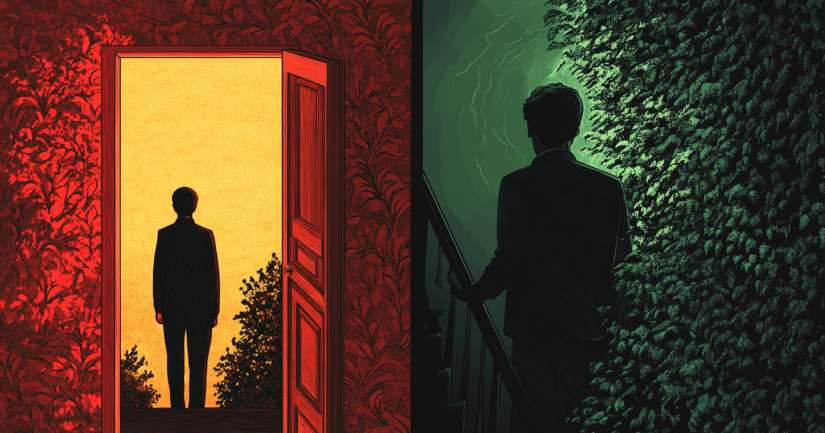
Present Perfect and Past Perfect Quiz: Test Your Grammar Skills and Improve Sentence Accuracy. Understanding the difference between the present perfect and past perfect tenses is essential for clear, precise communication. This Present Perfect and Past Perfect Quiz offers an exciting way to test your knowledge while sharpening your grammar skills. Whether you’re a student, writer, or language learner, mastering these tenses will elevate your English proficiency.
Take the quiz now and discover how well you understand these essential tenses. Whether you’re preparing for exams, improving writing, or enhancing communication, this quiz will elevate your grammar proficiency and refine your language accuracy!
What Are the Present Perfect and Past Perfect Tenses?
Both tenses describe completed actions, but they differ in timing and context.
Present Perfect Tense
The present perfect tense describes actions that happened at an unspecified time before now or started in the past and continue in the present. It connects the past with the present.
Structure: Subject + has/have + past participle
Examples:
- She has finished her homework. (Completed recently)
- I have lived here for five years. (Started in the past and continues now)
- They have traveled to Paris. (At some point before now)
Common Uses:
- Unspecified past time: I have seen that movie.
- Life experiences: Have you ever been to Italy?
- Ongoing actions: We have known each other for years.
Time Expressions: Ever, Never, Just, Already, Yet, Since, For, So far, Lately
Past Perfect Tense
The past perfect tense describes an action that happened before another past action or time. It emphasizes the order of events.
Structure: Subject + had + past participle
Examples:
- She had finished her homework before dinner. (Completed before another past event)
- I had never seen such a beautiful sunset until yesterday. (Experience before a specific past moment)
- They had left by the time I arrived. (One action finished before another past event)
Common Uses:
- To show the earlier of two past actions: He had eaten before the meeting started.
- To describe experiences before a past moment: She had visited London twice before 2020.
Time Expressions: Before, After, By the time, Until, Already, Never, Once, When
Why These Tenses Matter
Mastering the present perfect and past perfect improves writing clarity, storytelling, and sentence structure. They help express time relationships, emphasize experiences, and clarify event sequences.
For example:
- Present Perfect: I have read that book. (Sometime before now)
- Past Perfect: I had read that book before the exam. (Completed before another past event)
This quiz reinforces proper usage while identifying common mistakes.
Addressing Common Grammar Challenges
Many learners confuse the present perfect and past perfect tenses, especially when discussing past events. This quiz highlights common challenges, such as:
Misusing Tenses with Time Expressions:
- Incorrect: I have finished my homework yesterday.
- Correct: I finished my homework yesterday. (Use past simple with specific time expressions.)
Confusing Present Perfect and Past Perfect:
- Incorrect: I had seen that movie. (Without context, use present perfect.)
- Correct: I have seen that movie.
Forgetting the Past Participle Form:
- Incorrect: She has went to the store.
- Correct: She has gone to the store.
Practical Tips for Success
To master the present perfect and past perfect tenses, focus on context, verb forms, and time expressions. Here’s how to improve:
Understand the Time Frame:
- Present Perfect: Connects past to present (I have lived here for 10 years.)
- Past Perfect: Shows one past action before another (I had lived there before moving.)
Use Correct Verb Forms:
Both tenses require the past participle (worked, eaten, written).
- Present Perfect: She has worked hard.
- Past Perfect: She had worked hard before the exam.
Watch for Time Clues:
- Present Perfect: Since, For, Already, Yet
- Past Perfect: Before, After, By the time
Practice Daily:
Write sentences and paragraphs using both tenses to reinforce understanding.
Take the Quiz and Test Your Skills
Ready to challenge yourself? This Present Perfect and Past Perfect Quiz offers an interactive way to test your understanding while gaining valuable insights. Each question sharpens your grammar skills, improves sentence construction, and boosts writing confidence.
